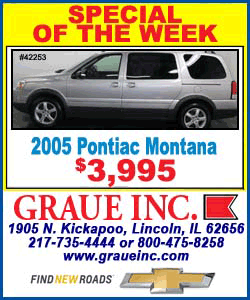|
 More than $108 million has been spent on the contest, according to
the nonpartisan Sunlight Foundation. Yet the candidates remained
nearly tied ahead of Election Day, with the RealClearPolitics poll
average showing Hagan up by just 0.7 percentage point. More than $108 million has been spent on the contest, according to
the nonpartisan Sunlight Foundation. Yet the candidates remained
nearly tied ahead of Election Day, with the RealClearPolitics poll
average showing Hagan up by just 0.7 percentage point.
Hagan, 61, is seeking a second term in a polarized state that has
leaned more heavily in favor of Republicans since she beat Elizabeth
Dole for the seat in 2008.
Political analysts say Hagan has run a strong campaign, tying
Tillis, speaker of the Republican-led North Carolina House, to
unpopular legislative actions that she argues have hurt women and
the middle class.
Tillis, 54, has fired back by linking Hagan to the policies of
Democratic President Barack Obama, who has become increasingly
unpopular in the Tar Heel state, which he won in the 2008 election
but narrowly lost in 2012.

"I'm not going to vote for somebody whose record shows that they are
voting with Obama most of the time," Republican voter Susan
Wainscott, 65, said recently outside a Walmart store in
Winston-Salem.
Unaffiliated voter Daniel Roberts, 24, cited Tillis' record in the
legislature as the reason Hagan would get his vote.
"I really don't like what he's done while there," Roberts said.
The state saw a far higher turnout in early voting than during the
2010 midterm election, possibly fueled by the race's competitive
nature and anger toward the state government, political scientist
Michael Bitzer said on his "Old North State Politics" blog.
[to top of second column] |

Registered Democrats cast 48.5 percent of in-person early ballots,
compared to about 31 percent by Republicans and about 20 percent by
unaffiliated and Libertarian voters.
The biggest uptick came from unaffiliated voters, who cast 192,000
more early in-person ballots than in 2010. Democrats cast 106,000
additional early ballots and Republicans 16,000 more than during the
midterms four years ago, Bitzer said.
Tillis sounded a confident note on the eve of the election at his
campaign office in Cornelius, where chairs at its phone bank were
decorated in “Defeat Hagan” and “Win the Day” stickers and signs.
"We're going to get this," Tillis told the volunteers on Monday.
(Additional reporting by Emily Harris in Cornelius, North Carolina)
[© 2014 Thomson Reuters. All rights
reserved.] Copyright 2014 Reuters. All rights reserved. This material may not be published,
broadcast, rewritten or redistributed.
 |